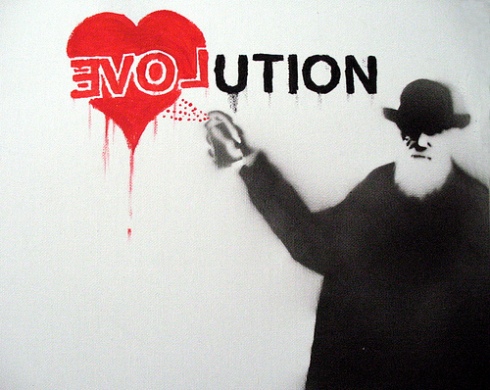Yesterday an interesting video crossed my path that I ended up viewing last night
[youtube Bw2kBwQ23FQ]
It’s a biography of Chogyam Trungpa Rinpoche, one of the most famous Buddhist teachers to come to the west after the invasion of Tibet. He is a major figure and yet very problematic for some people, and the film is wonderful for not shying away from the problems and yet not adhering dogmatically to any defense either.I do not study in his lineage and yet have read many of his works and always been intrigued by his practice, so I enjoyed the film very much.
 For non-Buddhists or people not familiar with his work, the video may not hold that much interest, but it isn’t the main point of this post. This post stems from a single line in the movie attributed to Trungpa: “To change a culture, you must change its art forms.”
For non-Buddhists or people not familiar with his work, the video may not hold that much interest, but it isn’t the main point of this post. This post stems from a single line in the movie attributed to Trungpa: “To change a culture, you must change its art forms.”
Now I don’t know if this is “True” but it resonated strongly with me. I have been variously at times a student, critic, viewer and producer not just of individual art pieces but also of various art forms (painting, writing, film and music being my main passions) and of how these forms both reflect (and create) our relationships, to culture and art, to commerce and modes of production, to society, to each other.
For instance
- I think the swings back and forth between “folk” and “mass” are fascinating.
- I think understanding how the introduction of cheap video cameras and user-controlled distribution mechanisms contrasted with the studio model of movie making is important to understand, as is what happened to music when the mass production of guitars (and then amplification) became available.
- Or how radio as a means of distribution changes how we relate (to the music, to each other, to advertising and the music “business”) compared to p2p or iTunes, or how sitting in a movie theatre structures our social relations compared to sitting in front of youtube.
- “happenings” as one of the origins of “new media”
- Or “art in the age of mechanical reproduction” in general.
- And on and on and on…
 So the idea that to “change a culture we must change its art forms” got me thinking – what art form should I be pursuing to bring about the changes I hope for? Which made me want to ask YOU the same question – what art forms are YOU pursuing, and how do you see them reflecting or causing the changes you want to see?
So the idea that to “change a culture we must change its art forms” got me thinking – what art form should I be pursuing to bring about the changes I hope for? Which made me want to ask YOU the same question – what art forms are YOU pursuing, and how do you see them reflecting or causing the changes you want to see?
There are no wrong answers, and I personally have an incredibly liberal definition of “art” and in no way want to restrict it, as so often is the case, to that which the academy or the professionals deem to be so. Indeed I accept “living one’s life” as a valid art form. So whatever form yours takes, I think it’s a fascinating question to ask ourselves, as it not only asks us to reflect on our practices but also on the world we hope to see and how the two are connected (or at times, sadly, not).
Love to hear your thoughts/see your work – SWL

